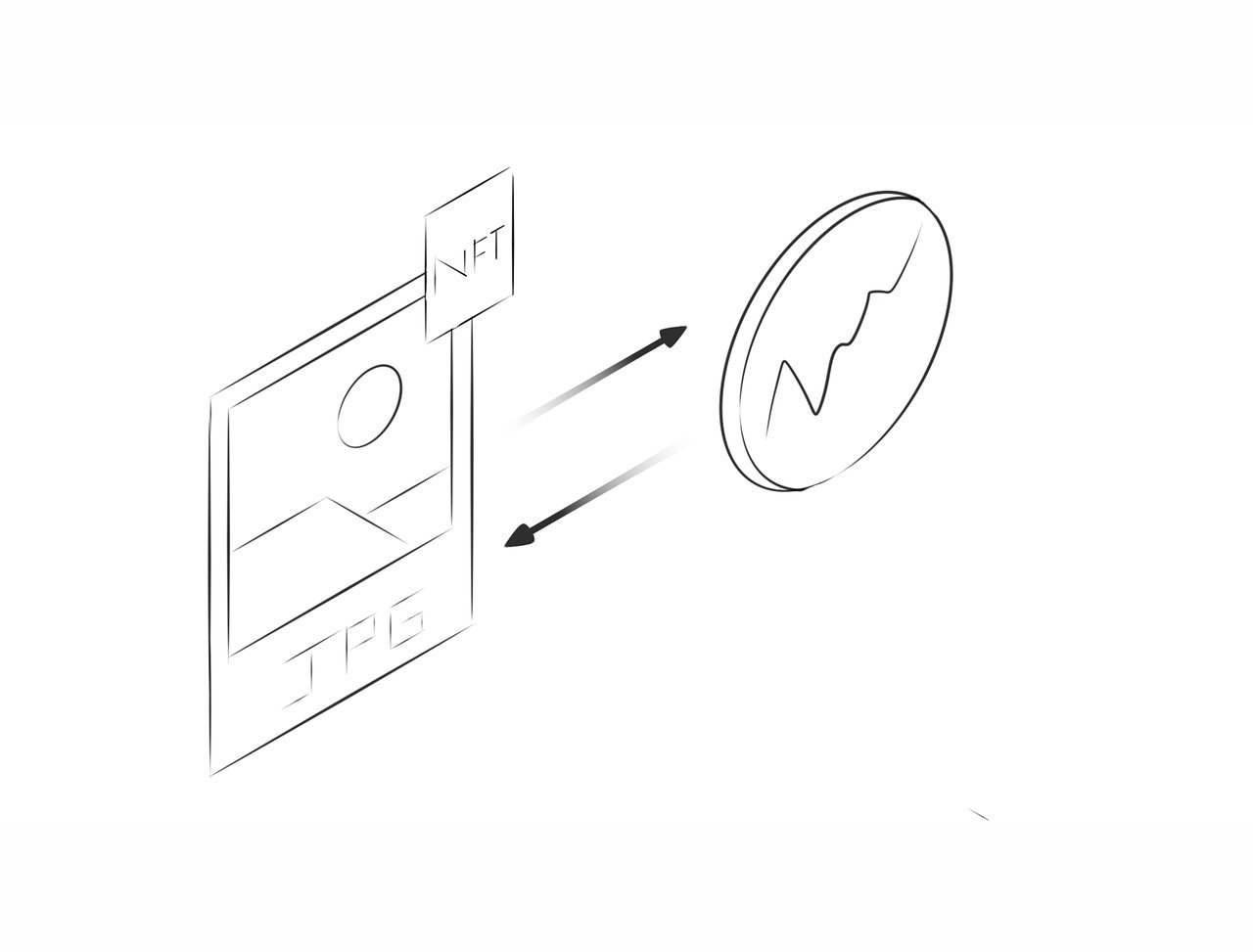If you liked this article, sign up for SmartBrief’s free email newsletter on Social Business. It’s among SmartBrief’s more than 250 industry-focused newsletters.
In early 2020, I collaborated with a talented graphic designer to pitch a nonfungible token (NFT) sneaker concept to a global footwear brand. Although they loved the idea, they were concerned about legal restrictions and passed on the opportunity.
The experience inspired the designer to approach me about using NFTs as a charity fundraising platform. Six months later, we hosted a day-long celebration as the Portland community, including artists, musicians and other performers participated in Paint the Future: An NFT mural for social equity. From that experience, I learned three secrets to developing a successful NFT program, even if your goal isn’t as ambitious as fighting systemic racism.
Education
Those familiar with the Technology Adoption Curve understand that NFTs are at the leading edge of technology, which means a very small percentage of the population have created or purchased an NFT, let alone know what “NFT” stands for. As such, education must be an essential component of any campaign. Your target audience must have a level of familiarity and comfort with NFTs in order to acquire an asset. Creating materials around the what, why and how of NFTs and ensuring it is easily accessible is important.
An NFT should have a discrete audience, and that audience should understand what a nonfungible token is, at a basic level. The next step is explaining why the asset you are offering is an NFT (over a physical or alternative digital form) and why they should care.
The final, but most critical step is outlining the steps for constituents to acquire or purchase the NFT asset. For example, interested buyers need to know many credit cards will not allow purchase of crypto currency, so a debit card is required when filling an NFT wallet with funds. It may also be beneficial to outline any restrictions or expectations around sharing or promoting the NFT asset.
Accessibility
While I’ve evangelized the benefits of NFTs for marketers throughout the year, I’m not a developer or particularly technically adept. I’m more of an evangelist.
As a result, I tend not to immerse myself in NFT’s underlying technology (blockchain), which ended up biting me in the backside. There are a host of decisions to make when developing and bringing an NFT to market, including:
- determining the number of copies to mint (1 of 1 or 1 of many),
- the type of marketplace to utilize (private or public, like OpenSea) and
- the type of NFT wallet to use or recommend to buyers (we recommended MetaMask).
For the NFT Mural artwork, we elected to use OpenSea to host and mint the NFTs because we needed to keep costs down and maximize charity fundraising impact.
The downside to that approach is that the buyer is burdened with the minting costs and may suffer from sticker shock. For a 0.1 Ethereum (ETH) piece of artwork (roughly $35 USD), the total cost at the time I went to purchase via my NFT wallet, was $140 USD. That means nearly 75% of the purchase price went to minting and gas fees (versus proceeds going to the artist or charity).
Longevity
We’re currently developing an NFT-powered training program for a global technology company. While it’s a pilot program, there are important factors that need to be considered when designing the smart contract.
A hastily-crafted contract can significantly limit minting capabilities, necessitating a new contract down the road. In essence, thoroughly scoping the project up front to ensure the smart contract is flexible and comprehensive can save time and money in the long run. We encourage brands to think long term and evaluate private blockchain ecosystems versus public marketplaces, for example, which provide ultimate flexibility for a one-time up-front investment.
There are other important considerations when scoping out an enduring NFT program, including mapping out ownership rights, royalties and hosting location and duration. For the NFT Mural, we created work-for-hire contracts to ensure we had rights properly assigned. Those contracts also outlined royalty allocation percentages to the artist and charity. We didn’t limit the number of times the art NFTs can be resold to maximize revenue for both parties, and planned for at least a decade of hosting (corporations should think long term when possible).
We also left the door open for new artists, murals and content to be created and sold over time … and hope to take advantage in the months and years to come.
Conclusion
A successful NFT campaign requires a good deal of planning, whether you’re creating a unique piece of art, an immersive augmented reality product or giving away digital swag. Addressing constituent education, accessibility issues and campaign longevity are essential. The fluidity of the NFT marketplace creates both opportunity and challenges, both of which can be managed by following best practices.
Kent Lewis is president and founder of Anvil Media, a measurable marketing agency based in Portland, Ore. He’s also co-founder of SEMpdx and was named AMA Marketer of the Year. For more information, visit Anvil Media.
